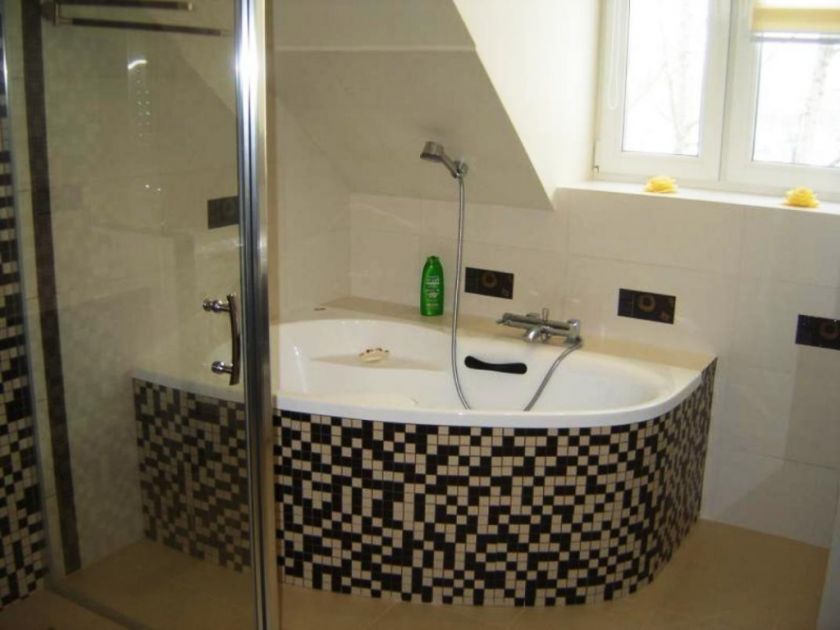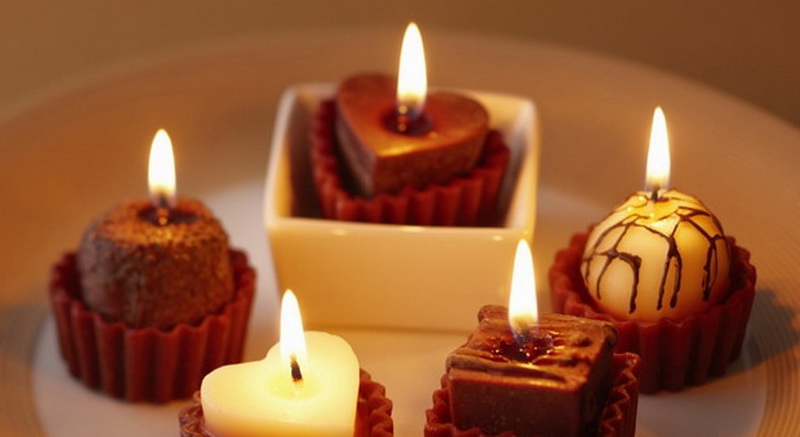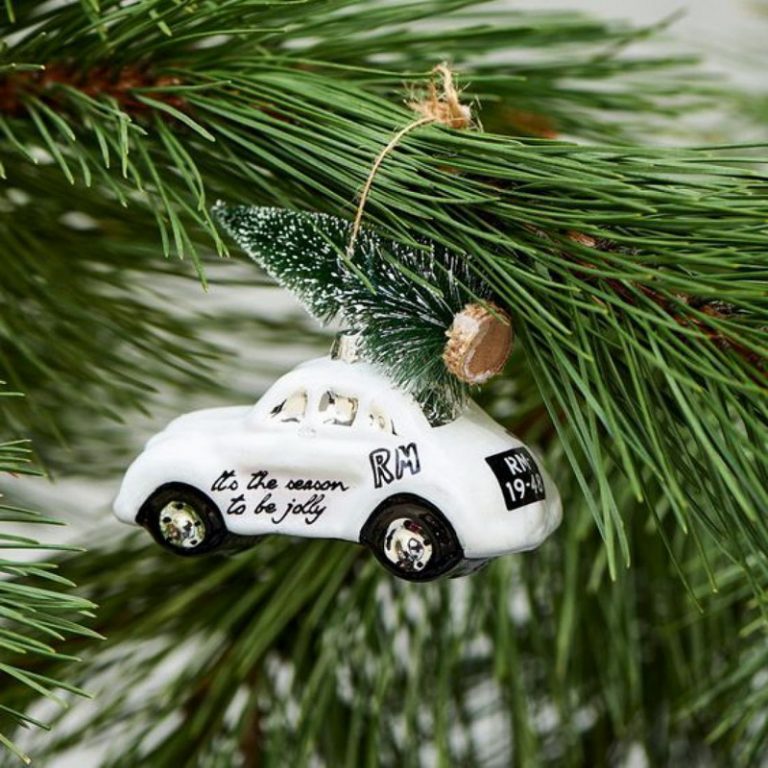TOP 15 best indoor plants for home
- Decorative plants for home
- Photos and names of indoor plants
- Echinocactus
- Aloe, or agave
- Japanese Aucuba, or Golden Tree
- Poliscias
- Hippoestes
- Indoor cypress
- Ginura
- Ficus
- Dieffenbachia
- Flowering houseplants
- Indian azalea, or rhododendron
- Pelargonium (geranium)
- Gerbera room
- Homemade chrysanthemum
- Orchids
- Venus Flytrap or Dionea
- Video: the most useful indoor plants
Decorative plants for home
Decorative plants "green soul" of any room. They delight the eye, calming and pacifying with one look, add to the space of freshness, organicity and comfort. In addition to aesthetic benefits, green pets are able to clean and moisturize the air, neutralize toxins and electromagnetic radiation.

The existing assortment is huge and diverse, from popular indoor plants to exotic wonders, and allows you to choose the flowers that are most suitable for specific room conditions (lighting, humidity, temperature, etc.).

Large indoor plants can become the main accent in the room, the center or the green space of the winter garden. Miniature used in compositions, indispensable in cases of limited space.

Conventionally, it can be divided into several life forms - vines, succulents, grassy and woody. Lianas include curly indoor flowers, climbing and ampelous, or hanging.
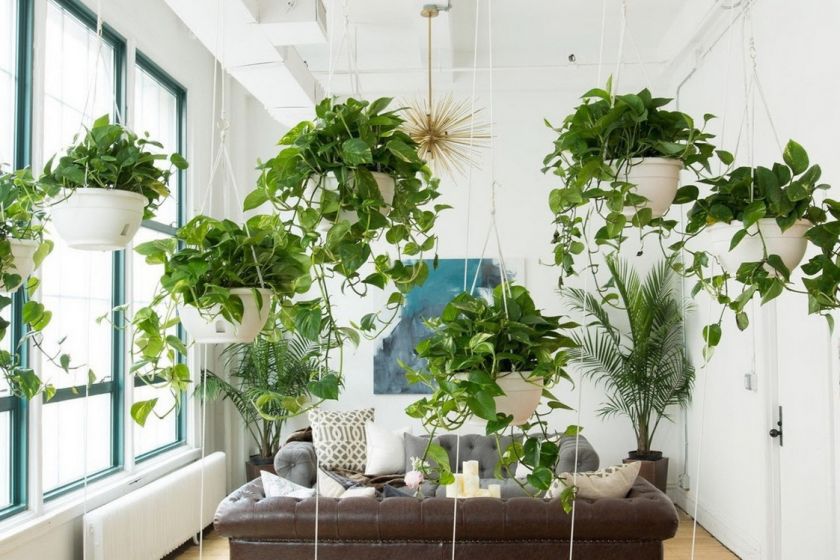
To succulents - those who are able to accumulate water reserves, with thick leaves or doing without them at all.

Grassy - the most common life form, a variety of perennial representatives of the flora of the tropical regions, adapted to artificial conditions.

Woody are also favorite "green guests" of the premises in the form of coniferous and deciduous trees, shrubs and shrubs.
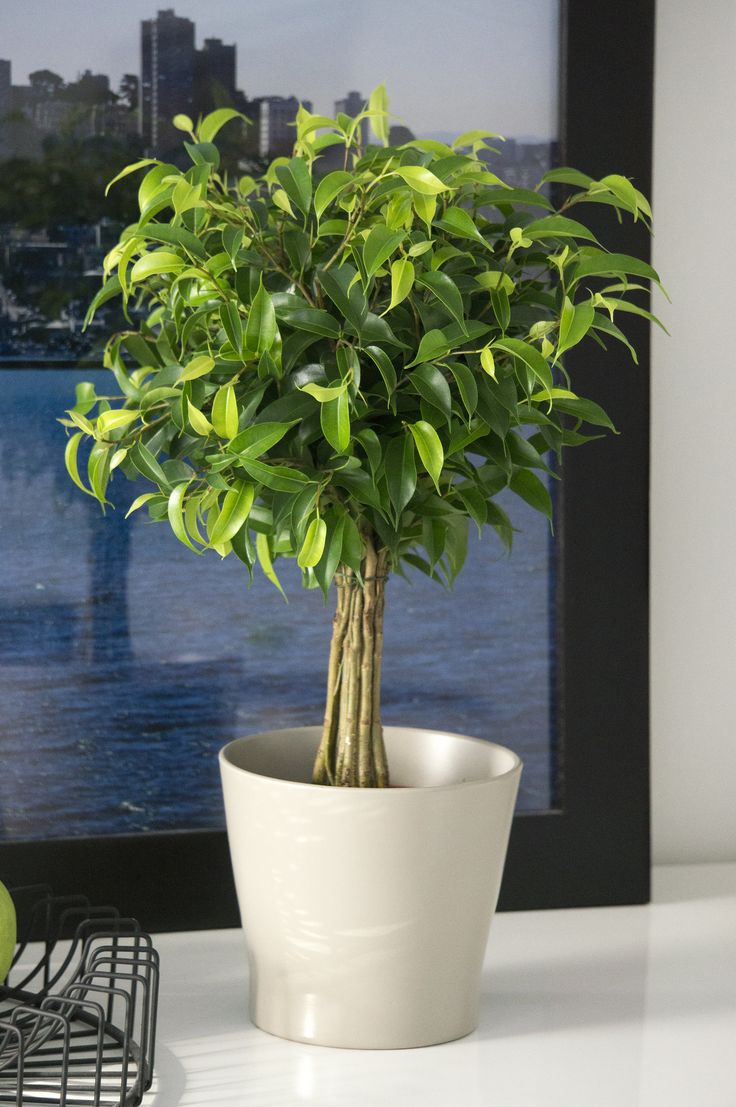
Decorative - deciduous plants have beautiful ornamental leaves, very different in shape, patterns (spotted, striped) and colors (various shades of green from emerald to very pale; red, purple, golden and silver).

Aglaonems, alocasia, araucaria, begonia, dieffenbachia, dracaena, zamioculcas, caladium, calathea, coleus, cordilina, croton, monstera, ficus are very common.
Photos and names of indoor plants
Echinocactus
Succulents of the cactus family, slowly growing spherical cactus, ribbed (ribs about 30), with sharp stiff spines. Homeland South American Desert.

In nature, it can grow up to 3 m in diameter, at home it reaches 40 cm. Unpretentious in care.
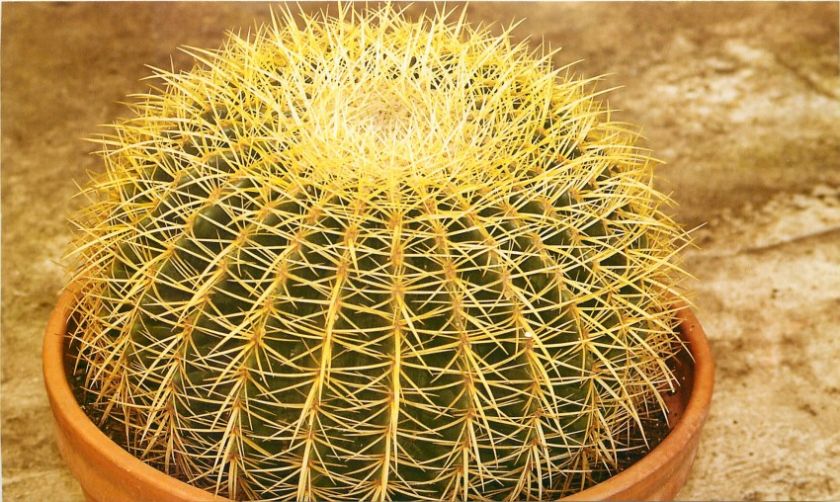
Aloe, or agave
Succulent asphodel representative. Originally from the Cape of Good Hope. Different types are widespread - from miniature dwarf to tree-like, growing up to one and a half meters.
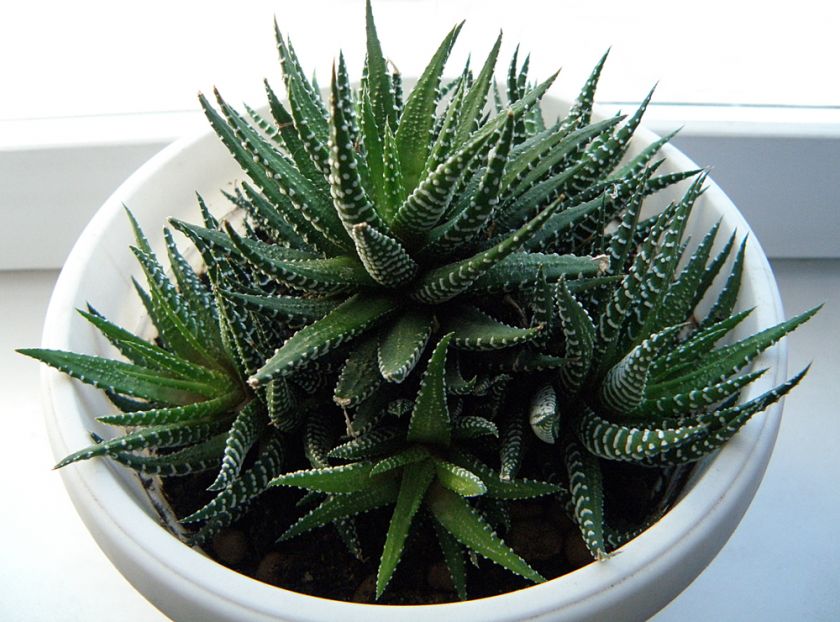
At home, it is rarely possible to admire the flowers, hence the middle name is “agave”, that is, one who blooms once a hundred years, but with good care it is quite possible to achieve annual flowering.

Not capricious, withstands dry air, bright light; grows even under artificial lighting.

Japanese Aucuba, or Golden Tree
Evergreen shrub of dogwood, a guest from exotic Japan. The unusual appearance became the reason for the unusual popularity of this tree in European houses in the 19th century.

Gold was named for its golden blotches on dark emerald foliage, very reminiscent of drops of this noble metal. It blooms with small flowers, in place of which berries are formed.

Aucuba is not capricious, prefers coolness away from direct sunlight.
To form a lush crown in spring, shoots of aucuba and other woody plants must be pinched

Poliscias
An elegant branched shrub with very beautiful foliage, native to the Pacific Islands. Different species differ greatly in color and shape of leaves, from monophonic rounded to narrow, dissected and variegated.
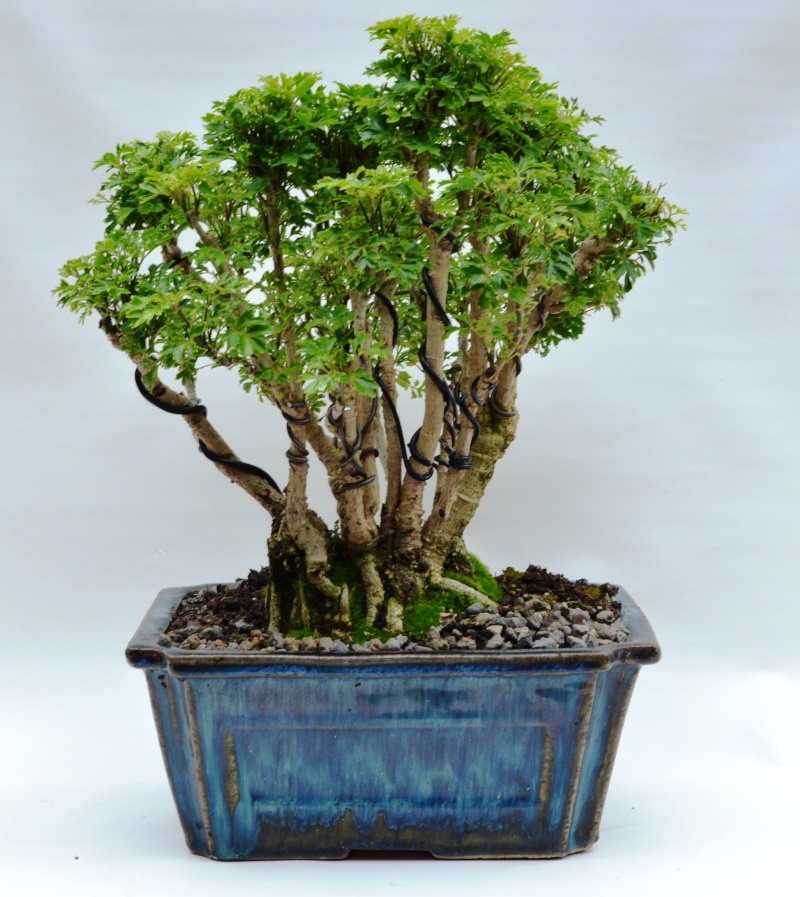
Almost does not bloom. Care does not require much effort. Poliscias prefers diffused light, moderately cool temperature, frequent watering in small portions.

Hippoestes
A representative acanthus, found in nature on the island of Madagascar and South Africa. It is represented by both grassy and shrubs, usually low and lush.
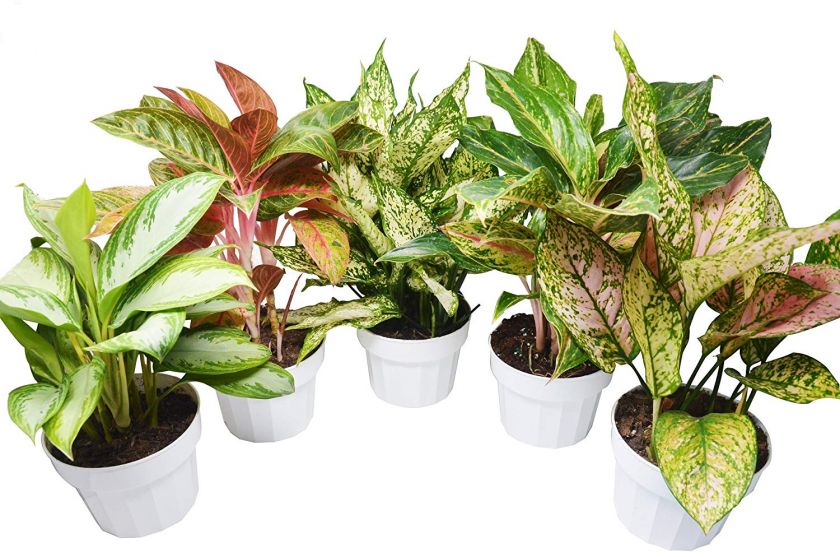
The leaves are thin and delicate, oval, pointed to the ends, have a very spectacular color - covered with small specks of pink, white or reddish hue.

Direct sunlight contributes to a brighter color of the leaves, and vice versa, with a lack of light, the spots disappear
Needs increased attention to humidity.
Indoor cypress
A great option for home plants for lovers of conifers. This is a graceful miniature conifer, a representative of the South American flora, with a neat crown, which is easy to maintain with pruning.
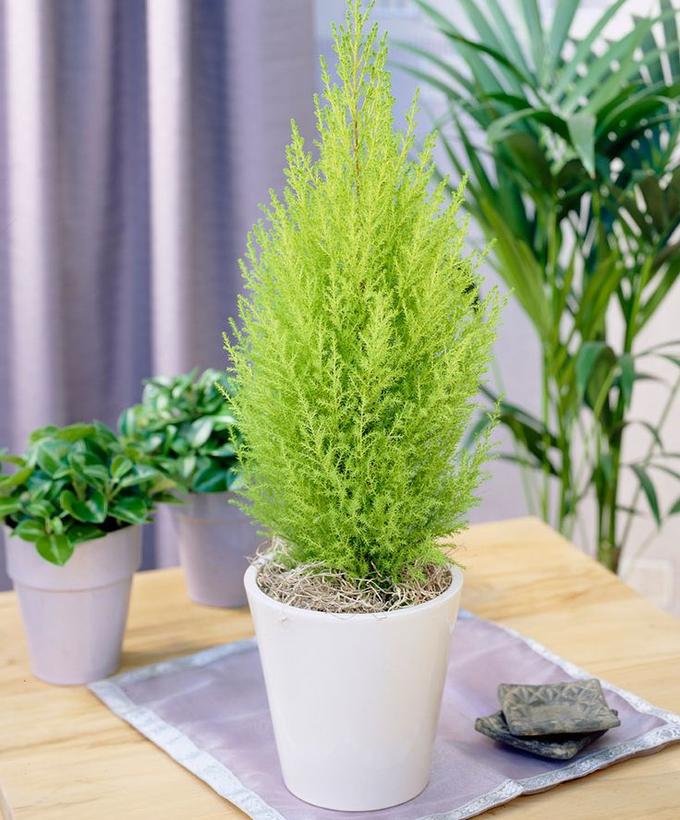
It possesses not only a very spectacular appearance, but also “decorates” the premises with the fresh smell of needles.
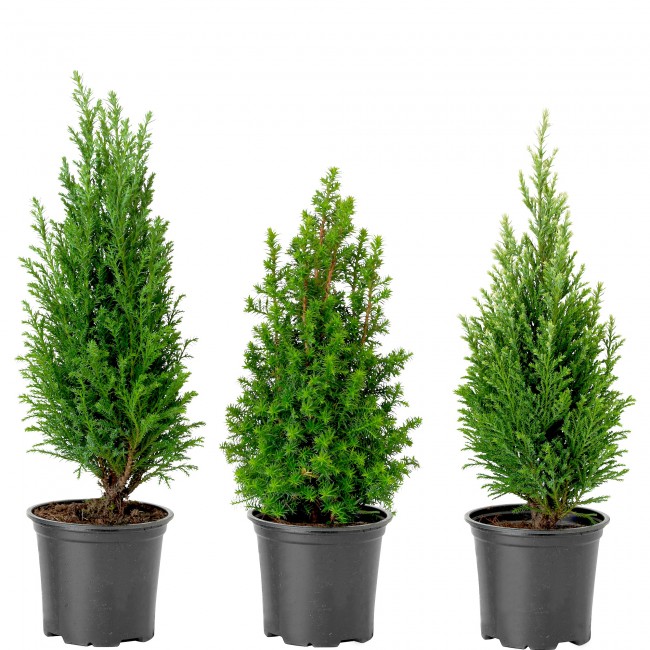
Cypress is not picky about the conditions, but hard to tolerate the heat. It is desirable that the soil is constantly moist, like air, otherwise the needles begin to turn yellow and fade.
Ginura
A decorative deciduous plant of the family Asteraceae, grows in southern Africa and Asia. The foliage is dark green, covered with thick purple hairs with a purple tint.

Inflorescences are small, they come in different shades, but because of a not-so-pleasant aroma, they are usually cut off at the bud stage. Humidification is plentiful in summer and moderate in winter.
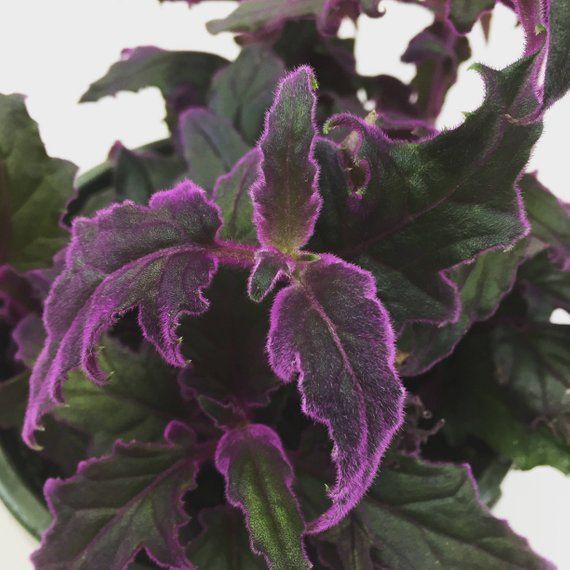
Ficus
Evergreen tree, representative of mulberries from Asia. It is represented by a wide variety of species, often outwardly dissimilar to each other, but with general ease of care.
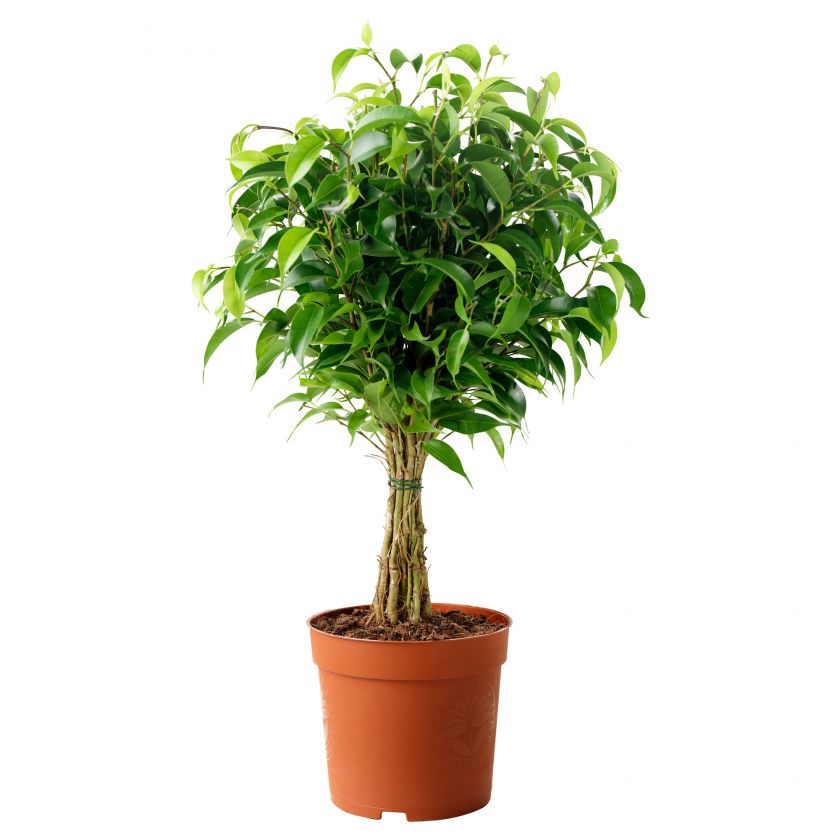
Most often found - rubber-bearing, or elastic, lyre-shaped, Benjamin and dwarf.
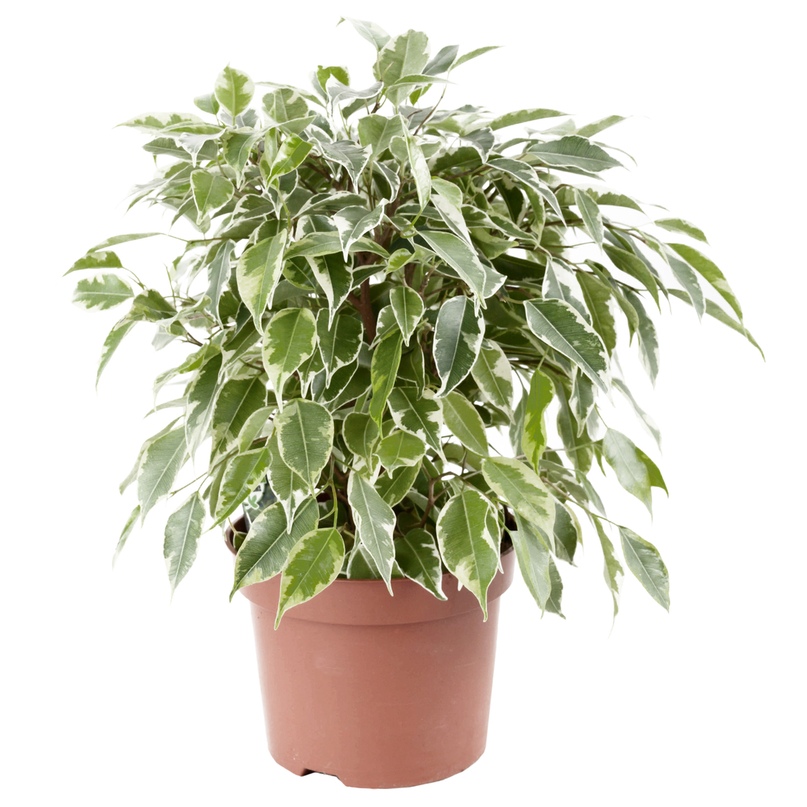
Ficuses are thermophilic, like well-lit places, high humidity, plentiful watering from March to September and moderate in winter, it is recommended to protect from drafts, overcooling of the soil and unnecessary rearrangements.

Dieffenbachia
The familiar home flower with large leaves, whole, elongated-oval, covered with large bright spots. Grows in the tropics of America.
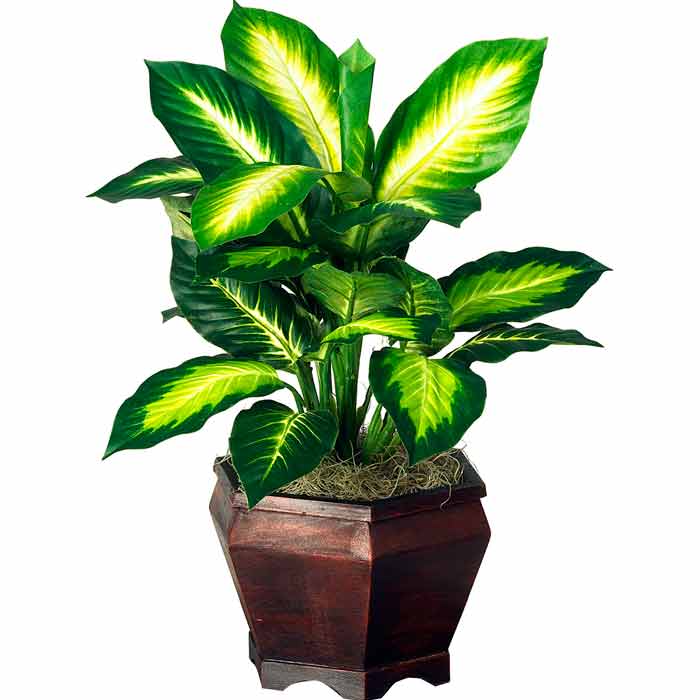
The bush reaches 2 meters, rarely blooms. Juice is poisonous. Dieffenbachia is photophilous and thermophilic; it does not tolerate the drying of an earthen coma and dry air.
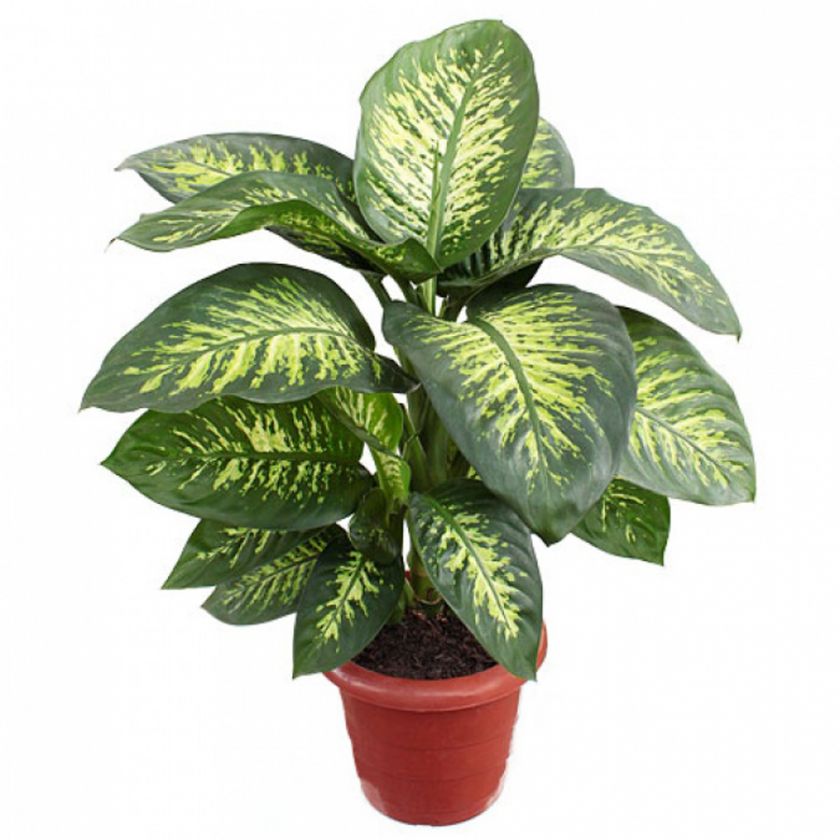
Flowering houseplants
Blooming, that is, having decorative flowers - azaleas, anthuriums, balsams, hibiscus,
hippeastrum, calathea, clivia, colria, pellargonium, senpolia, fuchsia, cyclamen.
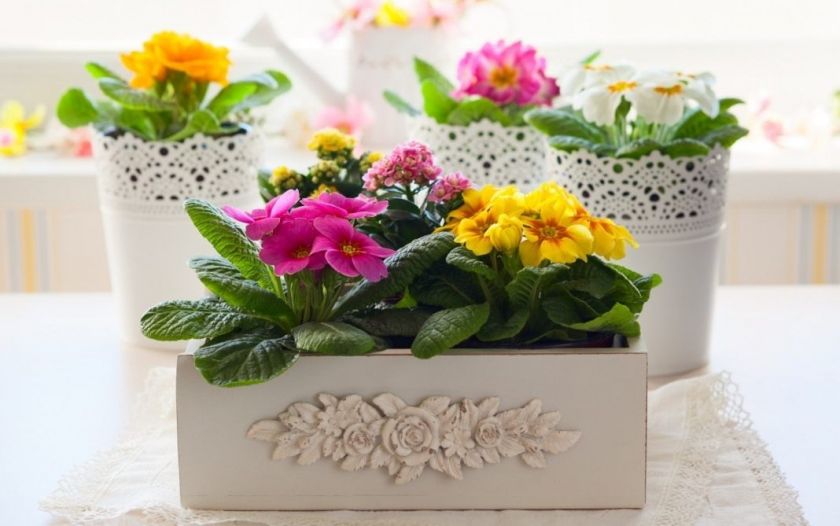
In a special place are bulbous indoor flowers-amaryllis, wallota, hemanthus, krina and others.
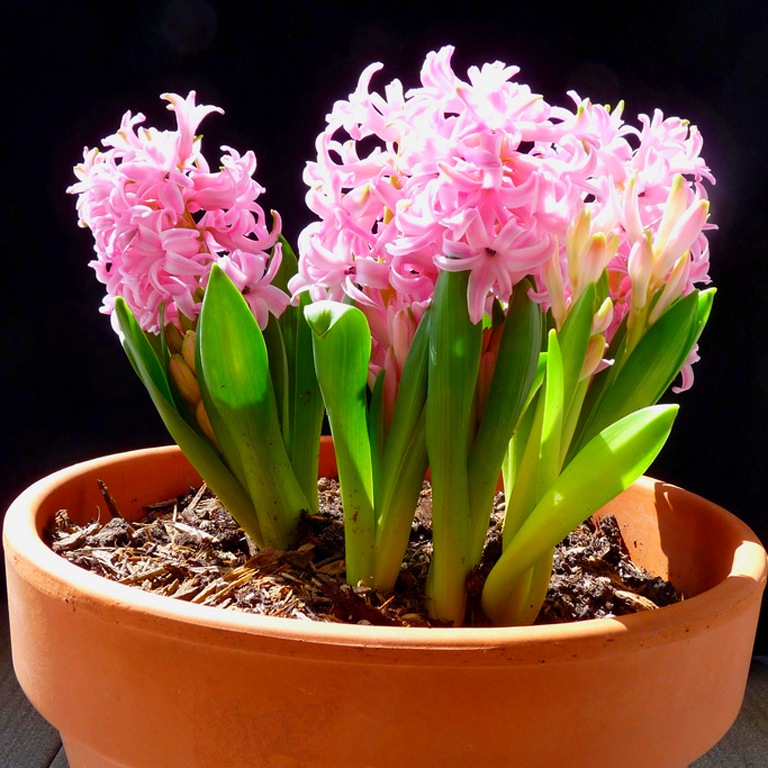
The blossoming representatives of the green world occupy a special place, because in addition to the calming greens, they delight with a riot of colors and a variety of shapes.
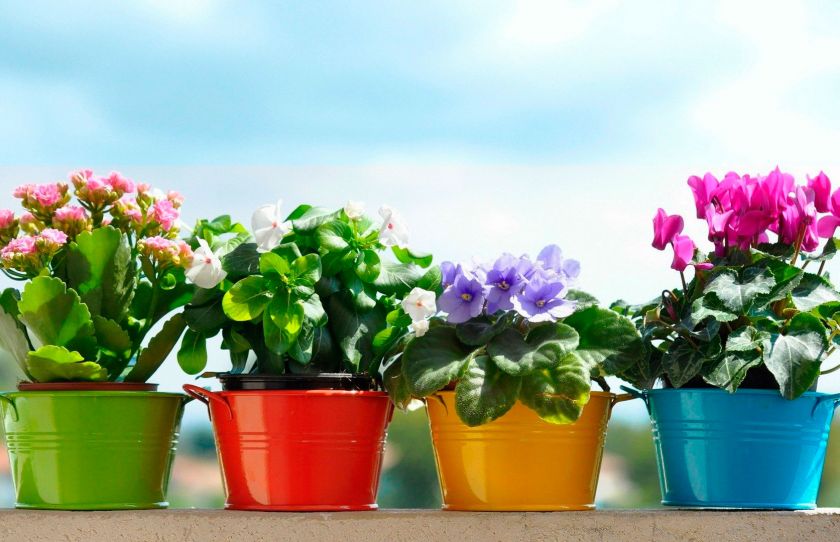
Many house flowers have long been cultivated as garden flowers, but recently they have taken a worthy place in the ranks of potted plants.
Indian azalea, or rhododendron
Forever green shrub, with small dark leaves and lush flowers of various shades, homeland - India.

They prefer coolness, and humidity, constant watering, they like being in the light, but not in open sunlight, away from drafts.
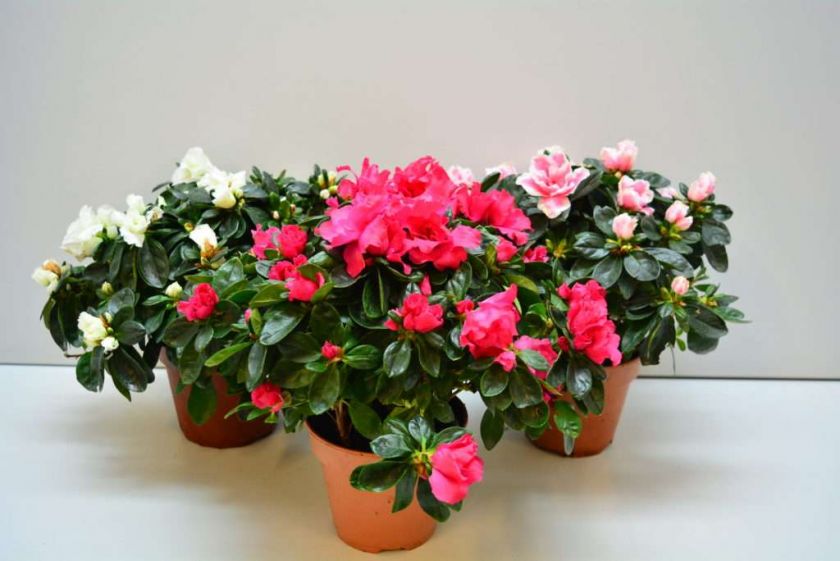
Pelargonium (geranium)
Perennial of the geranium family. Homeland South Africa. It happens with straight, branching or creeping stems, with beautiful lobed leaves and flowers of various colors, collected in umbrellas or lush caps of inflorescences. It has a specific smell.

Geranium grows well on rich soil with good drainage and watering as it dries.

Gerbera room
A herbaceous perennial representative of the family Asteraceae. Homeland - tropics and subtropics of Africa. The leaves are collected in a rosette at the root, on long leafless peduncles the flowers are large, arranged one at a time; the color is bright, varied.

Like other tropical guests, the gerbera loves light, warmth, plentiful watering, spraying and fertilizing with mineral fertilizers every 3-4 months.

Homemade chrysanthemum
Perennial from Asteraceae. Low-growing bush varieties of chrysanthemums are popular - small dense, plentifully flowering bushes. The flowers are varied in size, shape and shades.
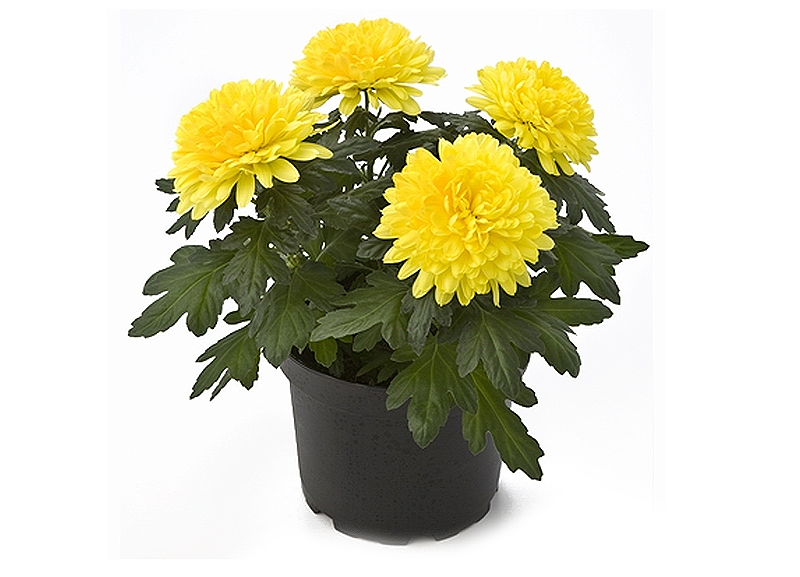
The temperature and illumination are average, it needs to be trimmed and crowned, and the wilted or dried inflorescences and leaves regularly removed.
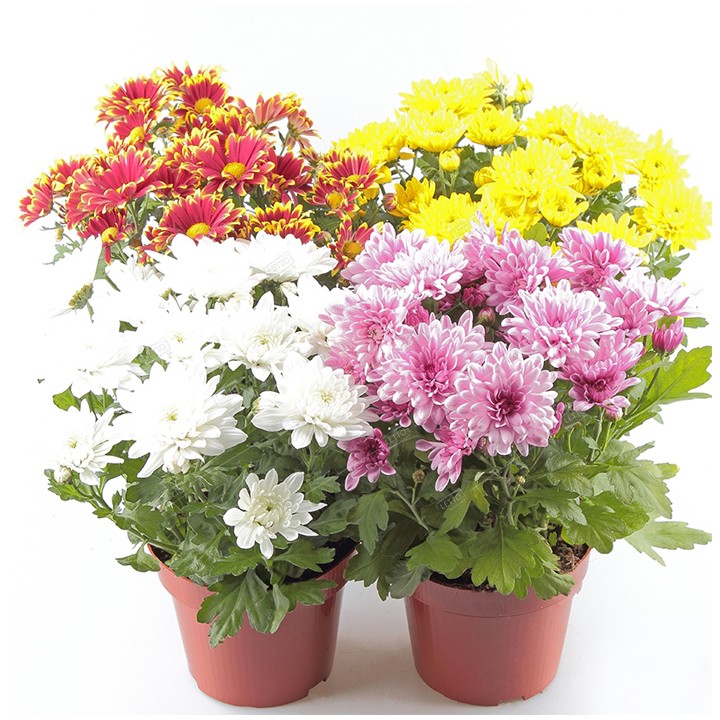
Orchids
Incredibly beautiful indoor plants from the orchid family.
 More recently, seemed too exotic for breeding in homes
More recently, seemed too exotic for breeding in homes
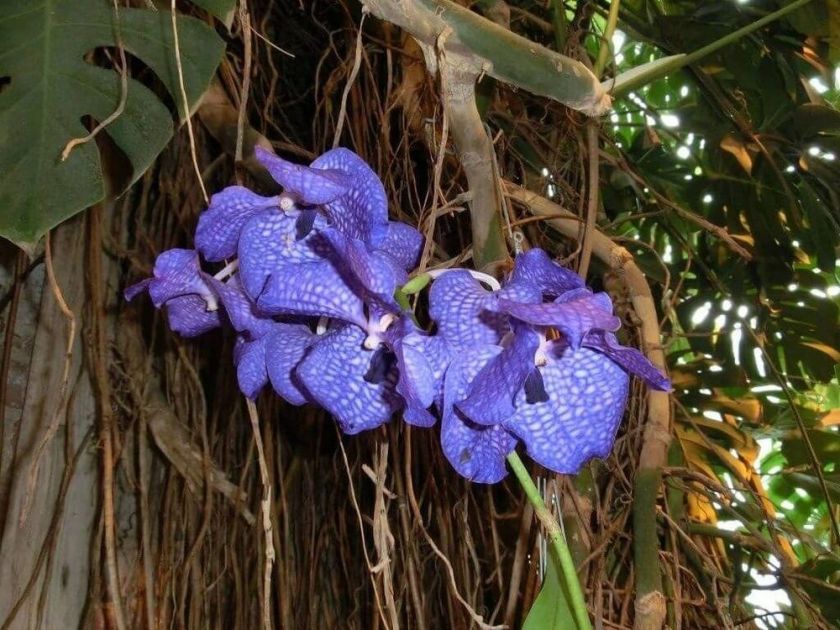
but in recent years, the orchid is increasingly becoming a luxurious decoration of living and working spaces.
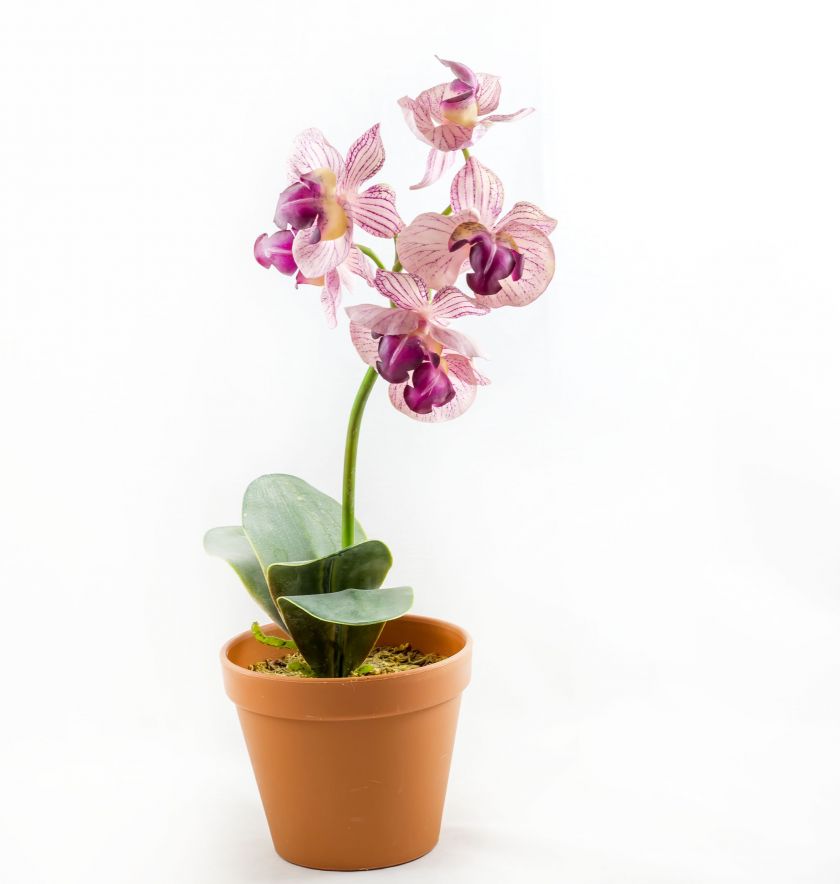
The most popular are Cattleya, Cymbidium, Dendrobium, Phalaenopsis, Paphiopedilum or Venus slipper.
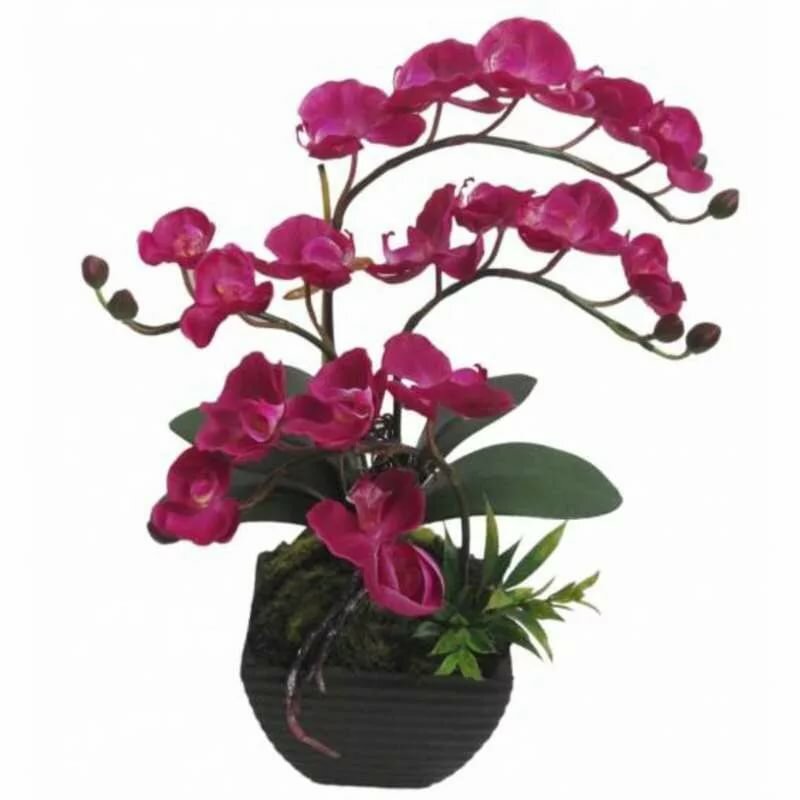
Each variety has its own subtleties of care, but the general preferences of these luxurious beauties can be called. This is good lighting (but without direct sunlight), an additional light source in winter, special “light” soil mixtures (tree bark, peat and moss), the absence of drafts and frequent permutations, fresh and moistened air.
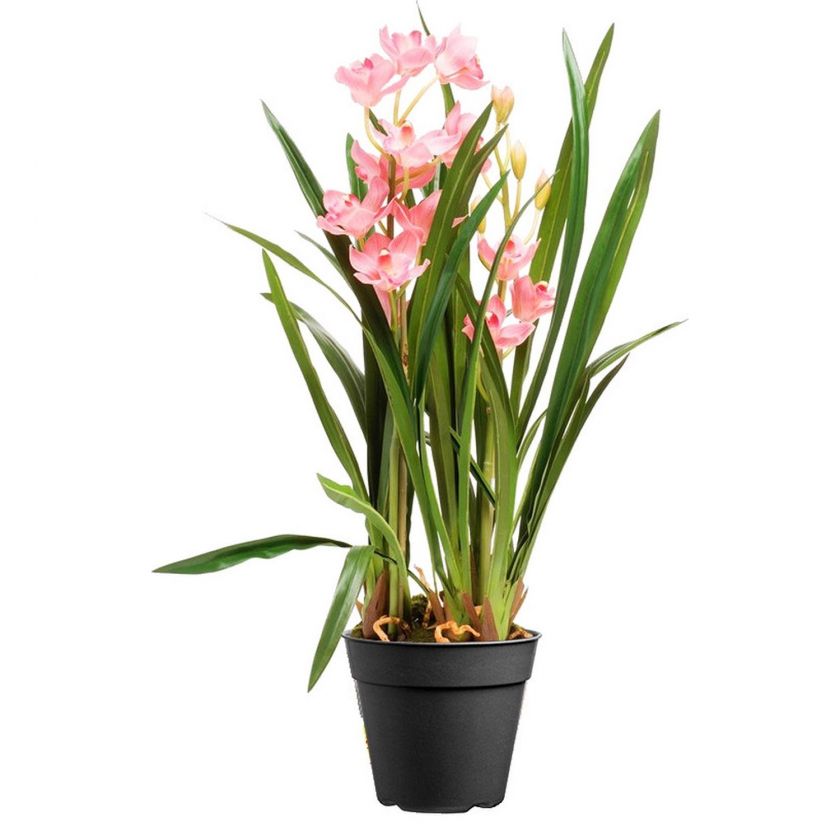
Venus Flytrap or Dionea
A small herbaceous plant of the Rosyankov family. It is found in nature on the east coast of North America.

A very popular pet, due to its predatory lifestyle, is carnivorous and feeds on insects.
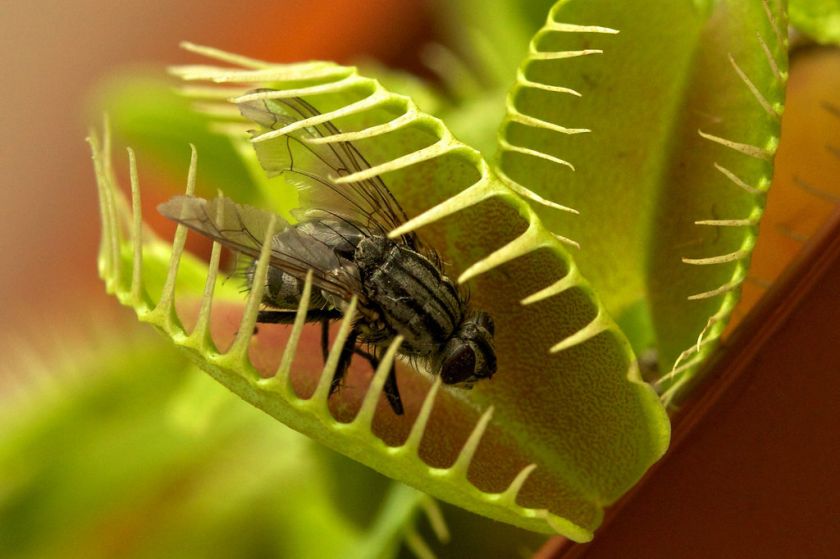
Despite its modest size, the exotic appearance of the "predator" looks very aggressive.

He is quite picky, demanding and requires a lot of attention.
When choosing plants for home, you should consider their features, because not all plants are equally useful
These plants can be dangerous for children and pets.

These plants can be safely recommended as useful “green pets”.

Video: the most useful indoor plants

